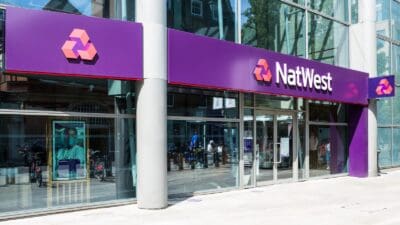London’s quoted housebuilders have been some of the strongest risers so far in 2020. A so-called Boris Bounce following December’s general election has been seen across many parts of the UK economy. But the uplift to the home creators has been particularly strong since the middle of last month.
A stream of positive trading updates from these businesses has underlined the strength of the market. So, too, have a myriad of industry gauges on the health of the housing sector. The Office for National Statistics is the latest body to pipe up today to chat about the strength of the homes market.
It says that the average home price rose 2.2% annually in December, to £235,000. This is up half a percentage point from the yearly growth printed a month earlier.
Capital gains
The release was particularly good reading for The Berkeley Group (LSE: BKG). The lion’s share of this builder’s sites is located in and around London and the South East of England. And property prices across these regions have been hit particularly hard in the fallout of the 2016 Brexit referendum.
Could the report suggest that the market in the capital has turned a corner, though? The ONS says that average house prices grew 2.3% year on year in December. This was the sharpest increase since October 2017. And it was a vast improvement on recent surveys, too. Corresponding home values had risen by a modest 0.4% in November. They had fallen 1.2% during the 12 months to October, too.
Distorted figures?
Before you get too carried away, though, it’s worth noting ONS comments on that latest upswing. It says that the increase in the average growth rate “could instead be the result of a larger than usual shift in the type of properties being sold.”
In essence, what this means is that the sale of higher-value properties last month – homes that are ubiquitous in the capital, of course – could distort the overall average price growth figure. There could be some truth to this. That report shows, for the most part, that sales of properties worth £900,000 and above in December outpaced those in either of the previous two months.
On the up!
While the ONS has a point, then, it does seem as if the broader London property market has in fact picked up more recently. Crest Nicholson for example, a firm with as significant exposure to the capital and the Home Counties as Berkeley, said last month that “footfall and visitor numbers on our developments have increased and traffic on our website is up” since late 2019’s election.
City analysts certainly believe things are looking up for Berkeley. They expect it to recover from a 29% earnings fall in the fiscal year to April 2020 with a 4% rise in the following period.
Recent announcements from Berkeley illustrate its own confidence in the long-term robustness of the market, too. In late January it declared plans to return an extra £1bn to shareholders over the next two years. It said it’s aiming to supercharge production rates by 50% for the next six years, too.
Berkeley’s share price share price continues to rip higher, and an undemanding forward price-to-earnings ratio of 15.8 times suggests that it could have further to run. Combine this with a bold 4.9% corresponding dividend yield and I reckon the builder is a top buy today.







